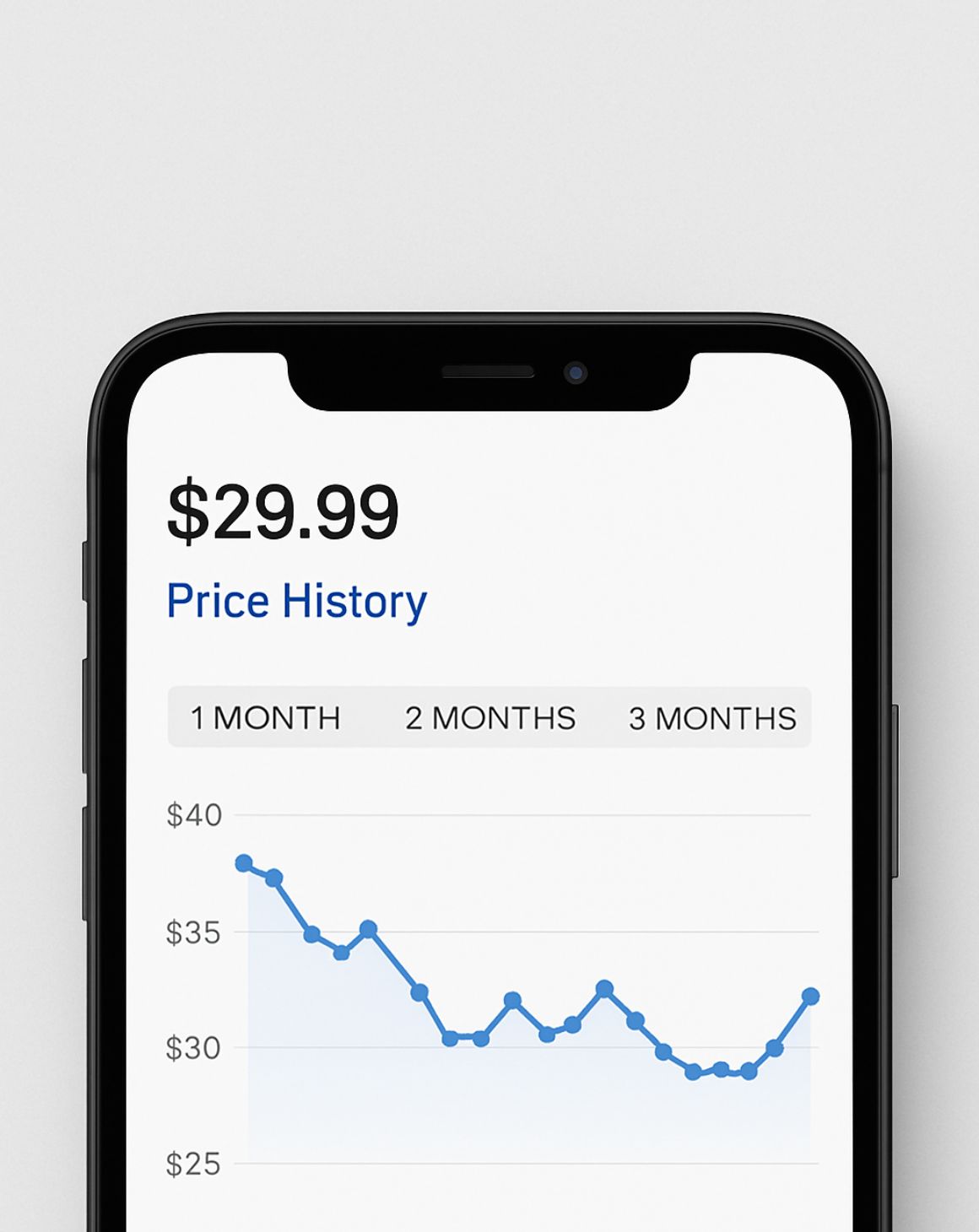Selling on Amazon involves many fees, and unfortunately, each year the cost goes up even higher. Amazon has recently announced they will be increasing selling fees starting January 15, 2026.
Why is Amazon Increasing Selling Fees in 2026?
Amazon has expressed that the increases in fees reflect rising operational costs and investments in faster delivery, better forecasting, and new fulfillment capabilities. They also stressed that fees haven’t increased since 2024, and the 2026 increases remain “well below inflation”. According to Amazon:
“We’ve been working hard to drive innovation and efficiencies that keep costs down, which helps keep fee increases low for you. Our fee changes are significantly less than inflation and less than the 3.9%-5.9% annual cost increases from other major US carriers during the last two years.”
How is Amazon Increasing Selling Fees in 2026?
Amazon is increasing fees in several ways:
Standard Fulfillment fees: small standard-sized products priced under $10 will see an increase of $0.12 per unit, while small standard-sized products priced between $10 and $50 will see an increase of $0.25. Small standard-sized products above $50 will see an increase of $0.51 per unit.
Inbound placement fees: expect a $0.05 per unit increase when using the minimal splits option when sending to Amazon. Additionally, there will be a new $0.60 defect fee, which applies to shipments that are late or lost.
MCF and Buy with Prime: the programs will see cost increases of $0.24-$0.30 per unit. Amazon will also introduce volume-based discounts of up to 15% off to eligible sellers.
Large Bulky and Extra-Large Items: It’s important to also note that the old “Large bulky” tier is now being split into “Small bulky” and “Large bulky”. This change also comes with a fee decrease of $2.08 on average.
Preparing for Amazon's Selling Fee Increases in 2026:
These small increases can have a big impact when scaled across tens of thousands of units. For brands already facing tighter margins from tariffs and higher COGS, this is yet another squeeze. To minimize impact and prepare for these increased fees, we recommend taking the following actions:
- Audit your catalog and adjust pricing for ASINs with thin margins.
- Optimize your inventory health – avoid low inventory fees by improving demand forecasting and restocking efficiency. (Blue Wheel can help with that!)
- Consider changing fulfillment methods by switching from FBA to FBM where it no longer makes sense to pay Amazon’s ever-increasing fulfillment fees.
If you're a client looking for more information, contact your account team! If you’re interested in learning more about how Blue Wheel can aid in your brand efforts in online marketplaces, schedule a consultation with our team, we would love to hear from you.







.png)
.png)
